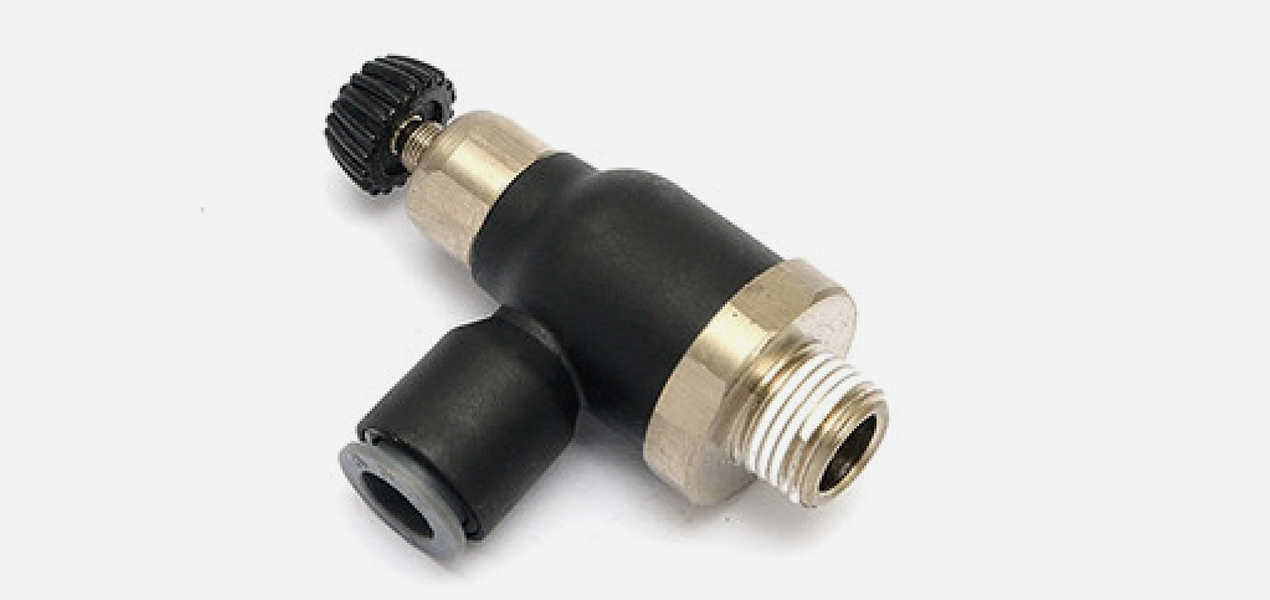How does the flow control valve control the flow?
Home ✦
Industry Knowledge ✦
How does the flow control valve control the flow?

How does the flow control valve control the flow?
The flow control valve is a common flow control tool that can help users achieve precise control of fluids and meet different process requirements. It is widely used in petrochemical, metallurgical, light industry, water treatment and construction fields. So how does it control the flow?
The working principle of the speed control valve is to control the liquid flow by adjusting the position of the valve core. When the system requires a certain flow, the valve core will open a certain size to allow a certain amount of liquid to pass through. When the flow demand changes, the valve core will automatically adjust the corresponding size to keep the flow in the system unchanged.
The main functions of the speed control valve include: controlling flow and pressure, achieving speed regulation and feedback control, avoiding water hammer in the hydraulic system, and protecting the machines and equipment in the hydraulic system from damage. In the hydraulic system, the speed control valve plays an irreplaceable role. It can control the fluidity in the system, thereby ensuring the safe and stable operation of the system.
There are many ways to control the flow control valve, the most common ones include manual control, pneumatic control and electrical control. Manual control is relatively simple, usually by manually rotating the valve to adjust the flow; while pneumatic and electrical control methods are more automated and convenient.
In the pneumatic control mode, the speed regulating valve usually uses gas (such as air) as the actuator. When the flow rate needs to be changed, the gas is sent to the valve actuator to adjust the valve aperture. The pneumatic control method has the advantages of flexible control, simple structure and fast response speed.
In the electrical control mode, the speed regulating valve usually adopts an electric actuator. The electric actuator can be controlled by the controller to adjust the size of the valve aperture. The electrical control mode has the advantages of high precision, strong reliability and easy operation.
Regardless of the control method used, the speed control valve plays an important role in practical applications. It can help users achieve precise control of fluid flow, thereby improving production efficiency and reducing energy consumption. By selecting the appropriate speed control valve and adopting the appropriate control method, users will be able to better meet different process requirements and improve production efficiency and economic benefits.
The flow control valve is a comprehensive and flexible flow control tool with various control methods and wide applications. By properly selecting and using the flow control valve, users can improve production efficiency, reduce energy consumption, and create higher economic benefits for the enterprise.
The working principle of the speed control valve is to control the liquid flow by adjusting the position of the valve core. When the system requires a certain flow, the valve core will open a certain size to allow a certain amount of liquid to pass through. When the flow demand changes, the valve core will automatically adjust the corresponding size to keep the flow in the system unchanged.
The main functions of the speed control valve include: controlling flow and pressure, achieving speed regulation and feedback control, avoiding water hammer in the hydraulic system, and protecting the machines and equipment in the hydraulic system from damage. In the hydraulic system, the speed control valve plays an irreplaceable role. It can control the fluidity in the system, thereby ensuring the safe and stable operation of the system.
There are many ways to control the flow control valve, the most common ones include manual control, pneumatic control and electrical control. Manual control is relatively simple, usually by manually rotating the valve to adjust the flow; while pneumatic and electrical control methods are more automated and convenient.
In the pneumatic control mode, the speed regulating valve usually uses gas (such as air) as the actuator. When the flow rate needs to be changed, the gas is sent to the valve actuator to adjust the valve aperture. The pneumatic control method has the advantages of flexible control, simple structure and fast response speed.
In the electrical control mode, the speed regulating valve usually adopts an electric actuator. The electric actuator can be controlled by the controller to adjust the size of the valve aperture. The electrical control mode has the advantages of high precision, strong reliability and easy operation.
Regardless of the control method used, the speed control valve plays an important role in practical applications. It can help users achieve precise control of fluid flow, thereby improving production efficiency and reducing energy consumption. By selecting the appropriate speed control valve and adopting the appropriate control method, users will be able to better meet different process requirements and improve production efficiency and economic benefits.
The flow control valve is a comprehensive and flexible flow control tool with various control methods and wide applications. By properly selecting and using the flow control valve, users can improve production efficiency, reduce energy consumption, and create higher economic benefits for the enterprise.

